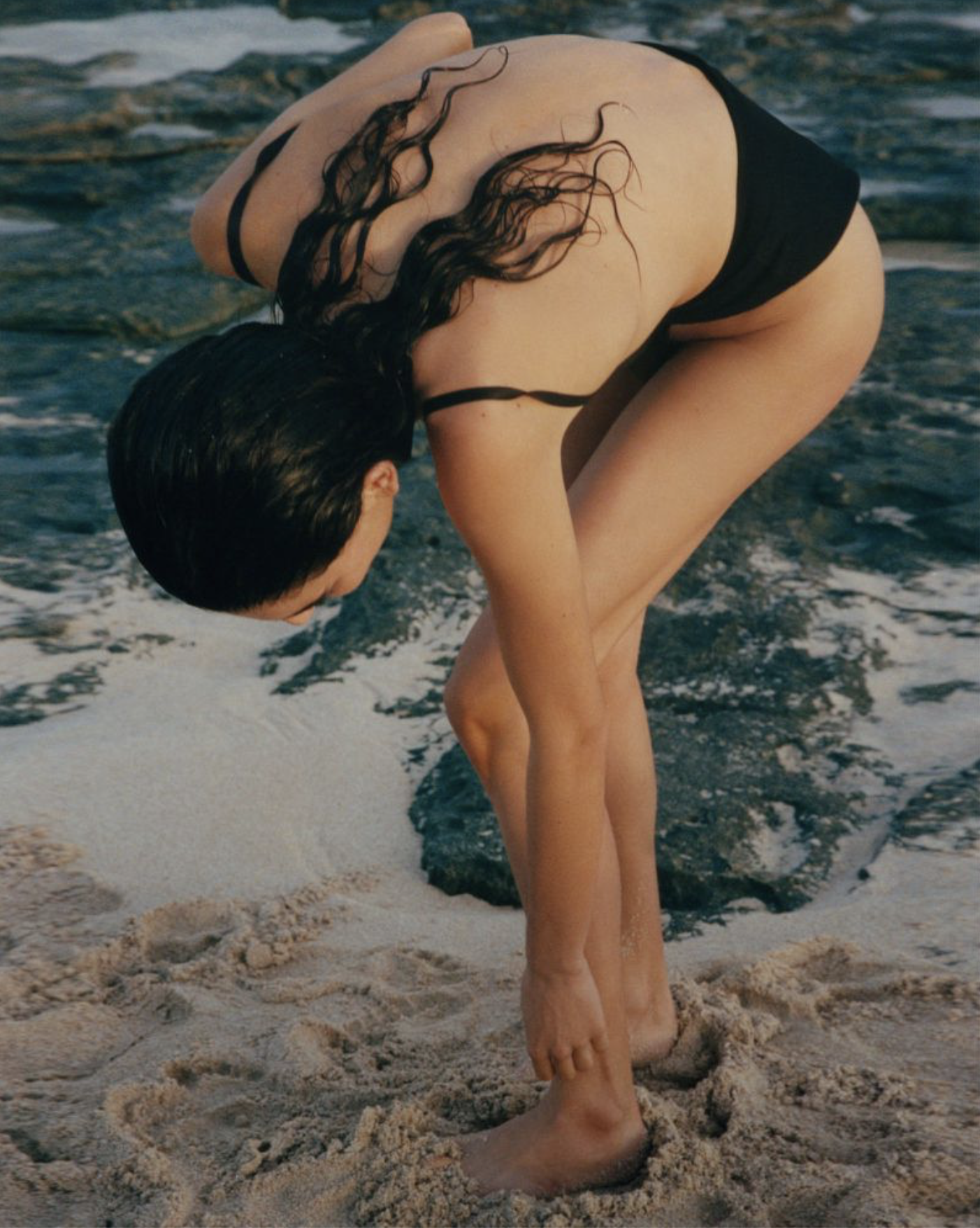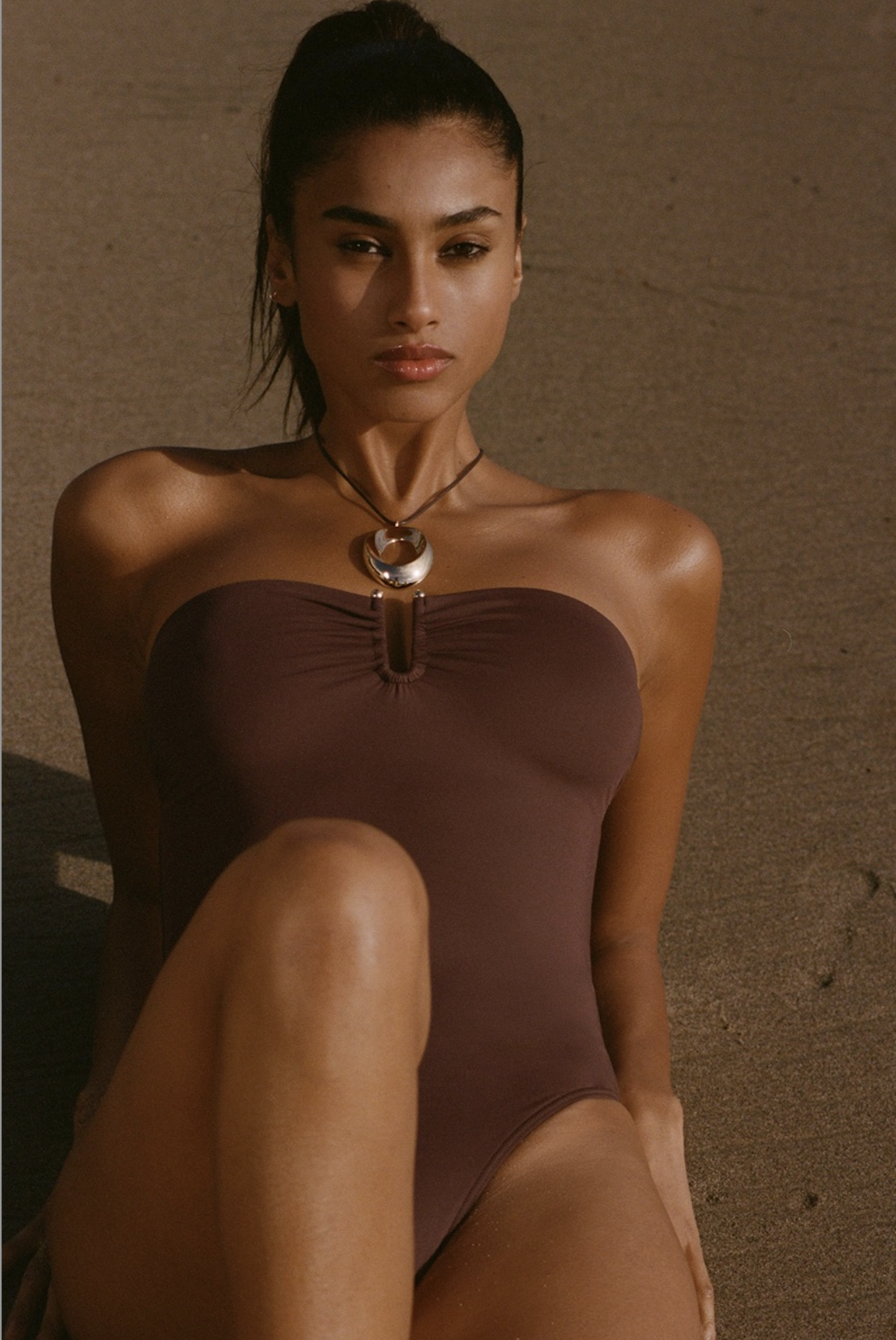News | Real Research on Stress & Grey Hair | New Online Diet Tool
/Stress behind grey hairs say newspapers NIH UK
Researchers from Duke University Medical Center have published new research on the effect of stress in the form of an adrenaline-like chemical in mice. In a heartbeat, newspapers and websites all over the world wrote headlines saying that the research confirmed the connection between stress and grey hair.
The researchers drew no such conclusion, although the results in mice confirmed the possibility of a connection.
In fact, this study actually looked at the effect of adrenaline on DNA damage. It’s only speculation that this research has implications linking greying to stress. But the same nebulous claim can be made about cancer.
Our article lays out the precise research results of this most interesting study, along with the challenges in applying the results to humans.
Next: New online weight loss tool; Protecting bone mass while dieting.
Health News
Online Weight Loss Tool
In a new online simulation tool that the US govt insists isn’t designed as a weight loss tool, people can create their own profile to accurately predict how body weight will change and how long it will likely take to reach weight goals based on a starting weight and estimated physical activity.
The tool was developed by Kevin Hall, PhD, of the National Institute of Diabetes and Digestive and Kidney Diseases (NIDDK) with colleagues at the World Health Organization, Columbia University, and the Harvard School of Public Health.
Located at http://bwsimulator.niddk.nih.gov/, the new weight loss tool simulates how factors such as diet and exercise can alter metabolism over time and thereby lead to changes of weight and body fat. The researchers say it more accurately predicts a dieter’s expected weight loss over time.
We like the tool, with two caveats. 1) Why everything is set in kilograms, not pounds, must be noted. Check the pounds option first off. 2) The idea of integrating increased physical activity with reduced calorie intake is good. But, there is no guide to quantifying what a 40% level of physical activity represents vs 80%.
If a woman is doing no exercise and starts working out three days a week for an hour, does this represent a 40% increase? Given that the exercise calculator goes over 100%, it seems that people can easily overestimate the level of increased activity.
Everything else about the calculator we like, including the ability to examine calories for future weight maintenance.
Calcium and Vitamin D Critical for Dieting Bone Loss
Weight-Bearing Exercise Does Not Prevent Increased Bone Turnover During Weight Loss Science Daily
Weight reduction can negatively affect bones in the body while dieting. University of Missouri researchers found that dieters should take adequate calcium and vitamin D to minimize the reduction of bone density during weight loss.
The researchers confirmed that fast walking or jogging did not prevent bone loss, calling these cardio exercise weight-bearing exercise. We don’t consider cardio exercises ‘weight bearing’ exercises. The vast majority of surveys agree that taking calcium and vitamin D is important. It’s generally believed that true weight training — not aerobic exercise — builds both muscle and often bone growth, especially in menopausal women.
Weight reduction can negatively affect bones in the body while dieting. University of Missouri researchers found that dieters should take adequate calcium and vitamin D to minimize the reduction of bone density during weight loss.
The researchers confirmed that fast walking or jogging did not prevent bone loss, calling these cardio exercise weight-bearing exercise. We don’t consider cardio exercises ‘weight bearing’ exercises. The vast majority of surveys agree that taking calcium and vitamin D is important. It’s generally believed that true weight training — not aerobic exercise — building both muscle and often bone growth.
Bottom line — Let’s Move! Also, this is a great weight-bearing exercise for women (and men) not ready to hit the free weights.
Here’s one particularly good exercise that strengthens hips and pelvis region, critical for stability:
- Sit on a bench or chair with 5-pound weights strapped to each ankle.
- Then “march” in place, lifting the knees alternately.






























